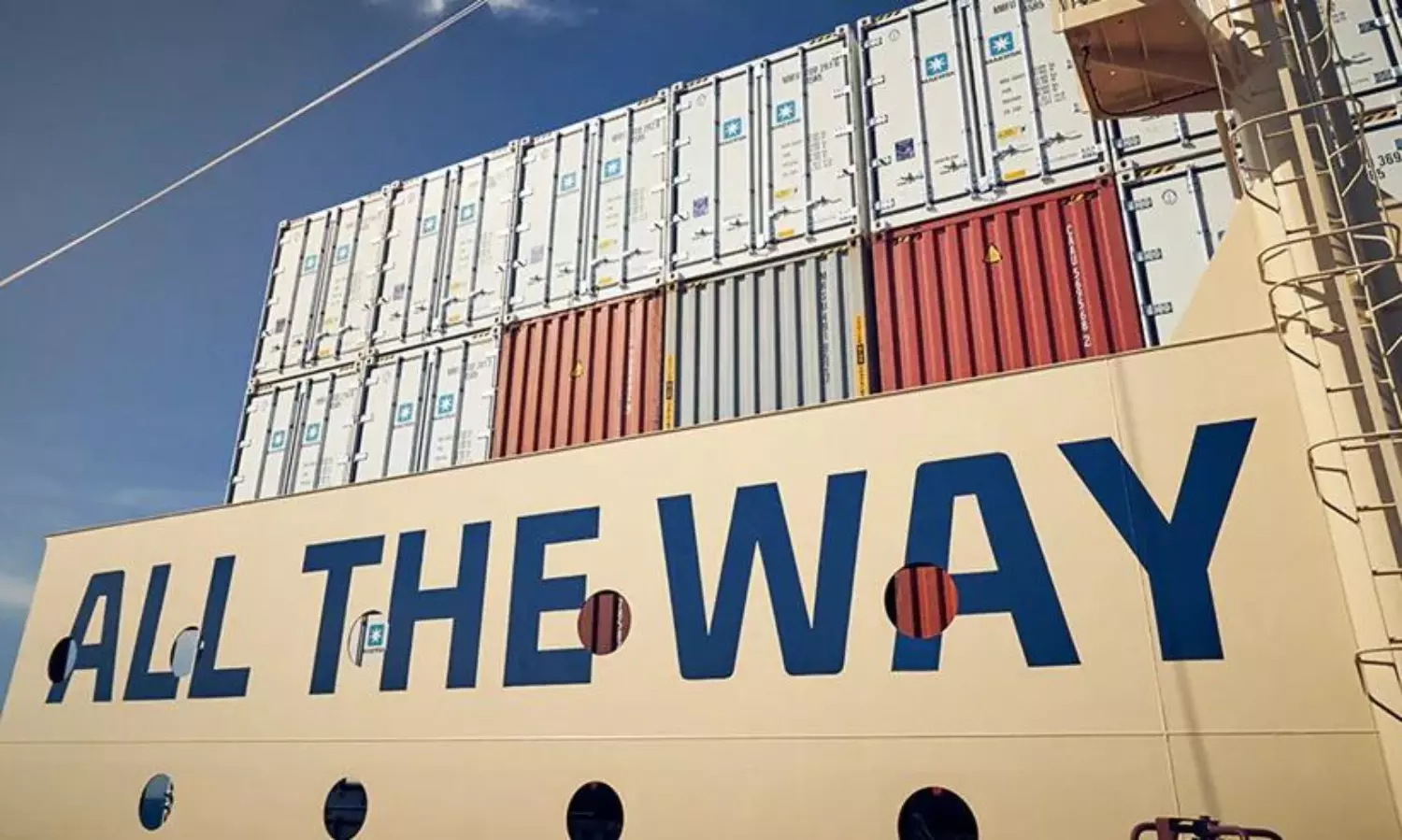Maersk signs deal with Starlink for ocean fleet
Starlink’s high-speed satellite internet connectivity to be deployed on Maersk’s owned fleet of 330+ container vessel
Maersk, the global leader of integrated container logistics, has signed a deal with Starlink, the pioneering satellite internet constellation developed by SpaceX.
"Maersk’s more than 330 own operated container vessels will have Starlink installed, enabling high-speed internet with speeds over 200 Mbps," says an official release from Maersk.
"The service is a leap forward in terms of internet speed and latency which will bring significant benefits in terms of both crew welfare and business impact."
The agreement comes after a successful pilot phase where crew members on more than 30 Maersk vessels had the opportunity to test the Starlink technology – resulting in very positive feedback, the release added.
"We are excited to announce our journey with Starlink to provide state of the art connectivity to our sea-going colleagues," says Leonardo Sonzio, Head of Fleet Management and Technology, Maersk. "The high speed connectivity will enable our seagoing colleagues to stay connected with their loved ones while at sea. It will also propel the expansion of seamless cloud solutions, enabling our vision to digitalise our vessel operations."
Besides benefits from high speed internet resulting in seamless streaming and high definition video calls for crew members, high-speed, low latency internet will also facilitate cost saving measures by moving business critical applications into the cloud and by strengthening remote support and inspections of the vessels, the release added.
"Maersk’s vessels are key to global trade, and Starlink’s high-speed broadband through the world’s most advanced satellite internet constellation will help boost efficiency through seamless connectivity no matter where in the world they are," says Jonathan Hofeller, Vice President, Starlink Commercial Sales, SpaceX.
German carrier Hapag-Lloyd had announced last month that it is set to transform connectivity at sea with the rollout of the Starlink satellite internet technology across its fleet. The decision comes after a successful pilot phase.




